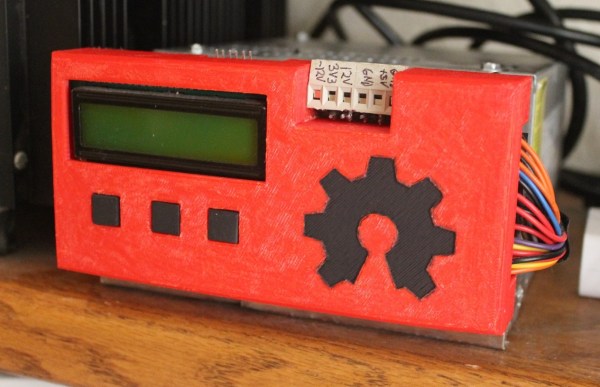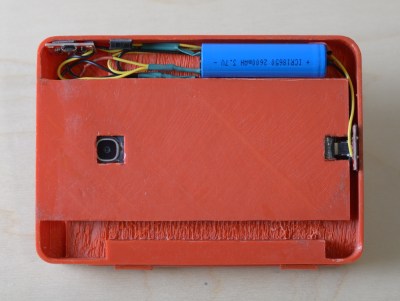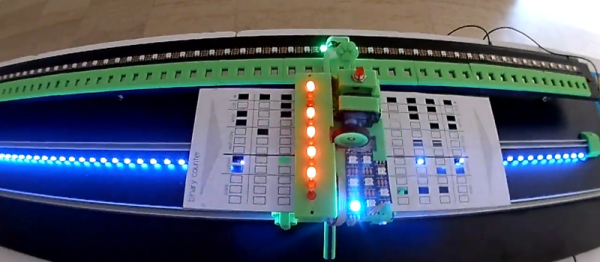With more and more research in the field of autonomous robotics, new methods of locomotion are coming on the scene at a rapid pace. Forget wheels and tracks, forget bi-, quad-, hexa- and octopods, and forget fancy rolling BB-8 clones. If you want to get a mini robot moving, maybe you should teach it to do the worm.
Neither the Gizmodo article nor the abstract of [David Zarrouk]’s paper gives too many details on the construction of this vermiform robot, but there are some clues to be gleaned from the video below. At the 1:41 mark we see the secret of the design – a long corkscrew in the center of the 3D-printed linkages.
Continue reading “Single Motor Lets This Robot Do The Worm”



















